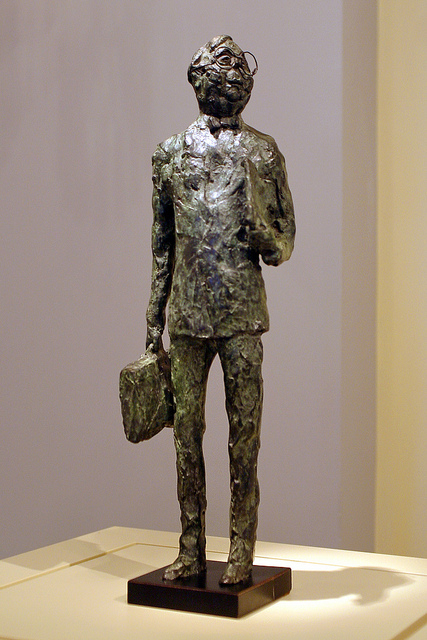15 January 2012 | Articles, Articles 2012, Communications | By Christophe Lachnitt
Where Does Journalistic Truth Start?
After discussing the Washington Post ombudsman’s statements a few days ago, I am today focusing on an article published by the New York Times’ ombudsman who is opening an even more important debate.
Arthur Brisbane asks a critical question in an op-ed published a few days ago: Should journalists reveal the newsmakers’ lies?
“I’m looking for reader input on whether and when New York Times news reporters should challenge ‘facts’ that are asserted by newsmakers they write about. One example mentioned recently by a reader: As cited in an Adam Liptak article on the Supreme Court, a court spokeswoman said Clarence Thomas had ‘misunderstood’ a financial disclosure form when he failed to report his wife’s earnings from the Heritage Foundation. The reader thought it not likely that Mr. Thomas ‘misunderstood,’ and instead that he simply chose not to report the information.
Another example: On the campaign trail, Mitt Romney often says President Obama has made speeches ‘apologizing for America,’ a phrase to which Paul Krugman objected in a December 23 column arguing that politics has advanced to the ‘post-truth’ stage. As an Op-Ed columnist, Mr. Krugman clearly has the freedom to call out what he thinks is a lie. My question for readers is: Should news reporters do the same?”
At first glance, the answer to Brisbane’s question is crystal-clear: Journalists should obviously help us separate the wheat from the chaff in the newsmakers’ statements. In the words of the great sociologist and U.S. Senator Daniel Patrick Moynihan, “everyone is entitled to his own opinion, but not his own facts” – one of my favorite quotes that I have mentioned on several occasions on Superception.

Statue of Daniel Patrick Moynihan by Pat Oliphant – (CC) Cliff
However, three factors question the practical application of this fundamental principle:
- first, we must agree on what constitutes a fact. In this respect, the two examples mentioned by the New York Times’ ombudsman are not equivalent in my opinion. The controversy surrounding Clarence Thomas’ taxes does not relate only to a fact – the lack of financial disclosure of his wife’s earnings – but to an intention: Did he make a mistake or deliberately defraud the IRS? The answer lies in the interpretation of the intent, not the verification of a fact. By contrast, Mitt Romney’s statements on Barack Obama clearly fall in the factual verification: It is easy to check that Obama never “apologized” on behalf of America;
- in addition, the frantic pace of news media reporting – which is now more and more dictated by the immediacy required by the Internet in general and Twitter in particular – makes it increasingly difficult for journalists who follow a political campaign to verify the accuracy of assertions made by the candidates and their teams while reporting in real-time what is happening during that campaign. That’s why we see a proliferation of initiatives dedicated to fact-checking political statements. If these initiatives don’t go too far, they can be very useful and complementary to real-time news reporting;
- finally, it is increasingly difficult for journalists from the most reliable media, given the political polarization of the Internet and the fact that citizens vote based on emotional rather than rational criteria, to venture into revealing newsmakers’ lies. They may soon be accused by one political organization to be working for the other side, and see their search of objectivity be turned against them with the scale offered by the web to such denigration campaigns. This is why journalists can be increasingly tempted to leave this role to columnists and bloggers. This is a pity because they would be more credible if they were the truth vigilantes that the New York Times’ ombudsman calls for. Unfortunately, their supposed objectivity can sometimes be a willful blindness.
While his title is needlessly provocative given the history of the New York Times, the address of Arthur Brisbane is worth much more than the mockery it has collected on Twitter.


